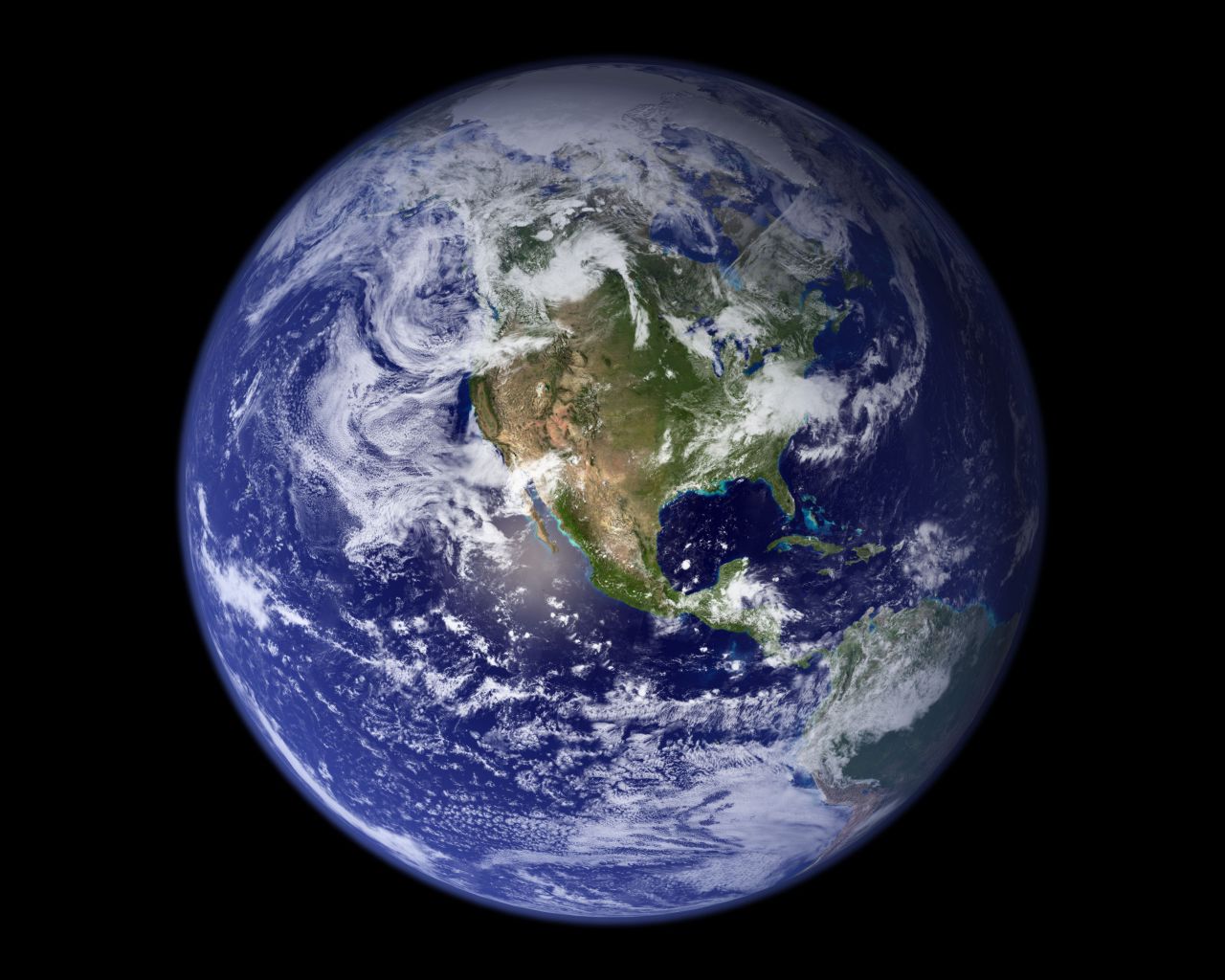
The ancient Greeks had some pretty sophisticated astronomy, but as far as I know they never speculated about the possibility of life on other planets (apart from the general idea that the cosmos as a whole could be seen as a divine, living organism).
Now astronomers are going to the other extreme, and seeing the potential for life literally everywhere. I just went to a press conference at the AAAS meeting here in Chicago where planet expert Alan Boss gave his latest views on how many habitable planets may be out there (that means rocky planets roughly the size of Earth, orbiting at the right distance from their star to have liquid water). The numbers were quite astounding - he reckons there could be one habitable Earth for every Sun-like star in the universe, an incredible 100 thousand billion billion of them, and 100 billion in our galaxy alone. Boss also thinks there's a high chance of life evolving on such planets. "Life is so tenacious and hard to stop," he told the press conference. He reiterated the point Anthony Remijan made here yesterday, that comets continually carry rich mixtures of prebiotic organic molecules onto the surface of planets. "If a habitable planet is sitting around a star for billions of years - something is going to come up."
Of course, many astronomers aren't nearly as optimistic about the chances for life elsewhere. So far it's hard to settle the argument as it hasn't been possible to detect directly any Earth-sized planets orbiting other stars, but Boss is basing his estimate on the 300 or so larger planets that have been detected, as well as computer simulations of how planets form. We know that bigger hotter "super-Earths" seem to form around a third of stars like our Sun, and Boss reckons that normal-size Earths should form much more easily. There are some kinds of solar system in which it would be very difficult to image a habitable Earth-like planet forming - for example when there is a huge gas giant, like Jupiter, orbiting close to the star. But so far this type of system has only been seen in around 15 per cent of solar systems, leaving 85 per cent in which an Earth (or several) could form.
He was speaking just 3 weeks in advance of the launch of NASA's Kepler mission, which aims to detect Earth-like planets for the first time. Three or four years from now, we should have enough results to give us a much more solid estimate of the number out there. Boss said he'll be "absolutely astounded" if the mission doesn't find any.
Once we find some planets that look habitable, the next step will be to build better telescopes so that rather than simply detecting their presence, astronomers can get more detailed images. Even a picture just ten pixels across would enable us to look for the presence of oceans and continents. And directly detecting light from these systems should tell us something about the different chemicals in the planets' atmospheres - the presence of oxygen, for example, would be good evidence that life has already evolved.
If we do see signs of life, Boss thinks we should send a small (unmanned) spacecraft to check it out. Even if the planet was relatively close, say 30 light years away, it would take a couple of thousand years for the spacecraft to arrive. But once it was there it could beam back detailed images - if there's anyone still here to receive them.
Boss has just written a book all about the search for habitable planets, called The Crowded Universe.